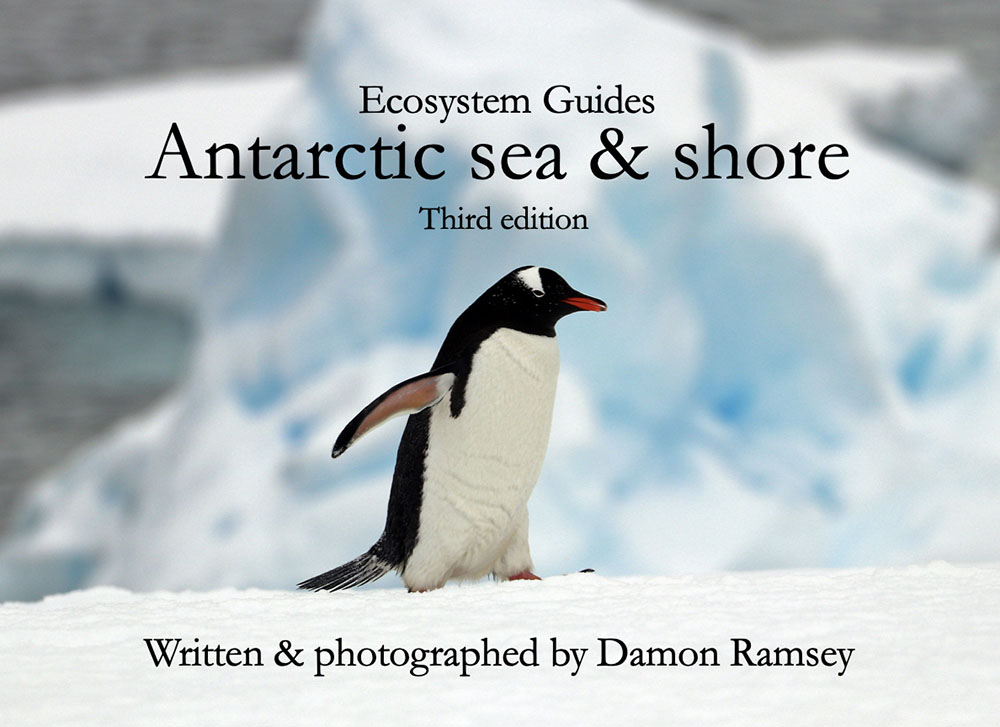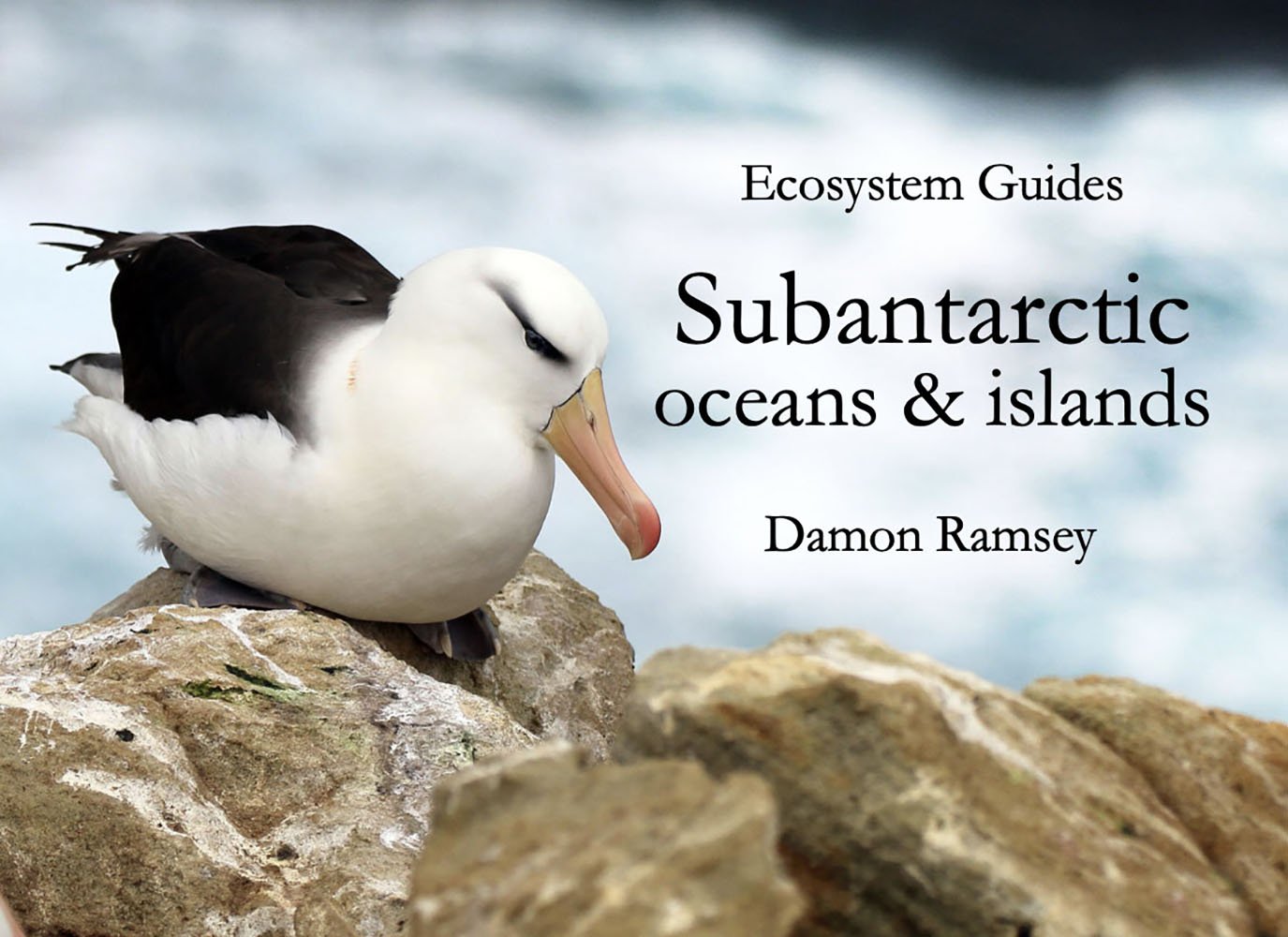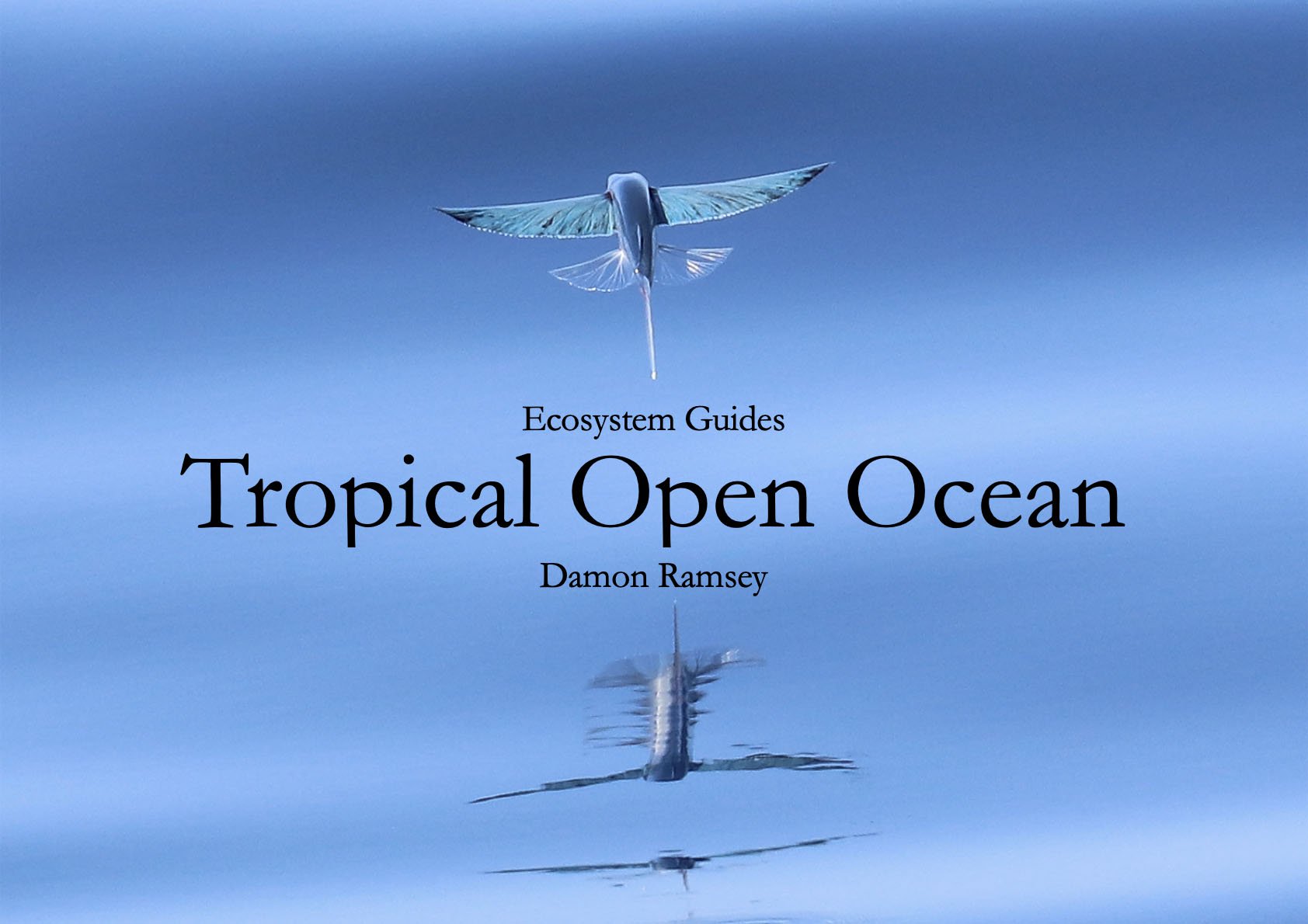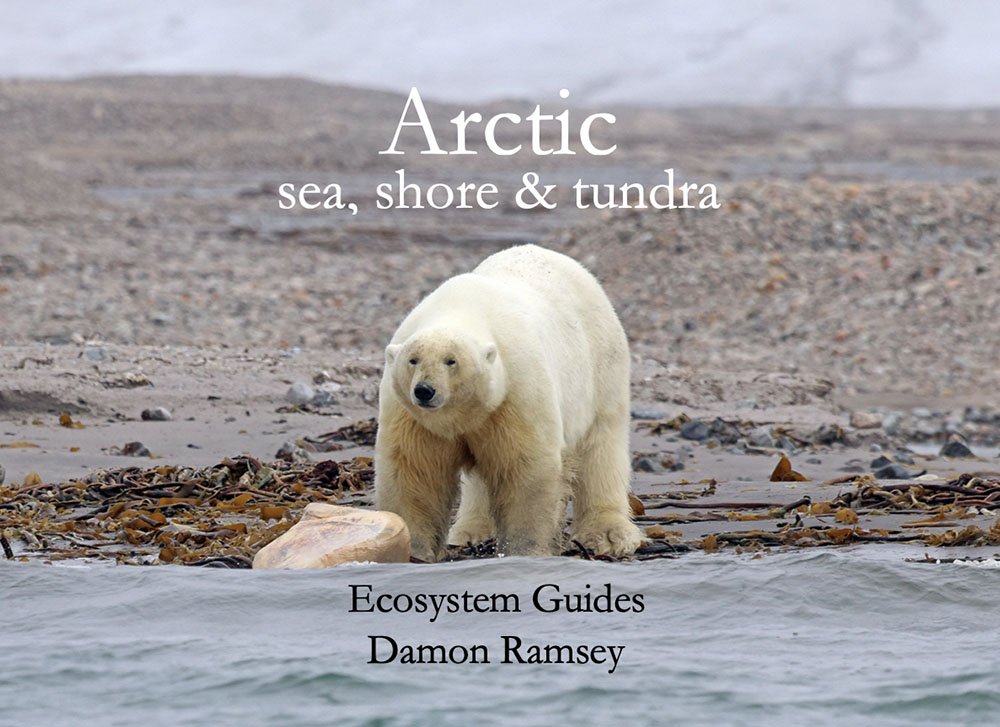ecosystem-guides.com
....exploring the planet's ecosystems
TROPICAL INDIAN OCEANIC ISLANDS
Tropical Moist Forest
The tiny pockets of rainforest of the small tropical and subtropical islands of the Indian Ocean...
Many of the islands of the Indian Ocean, such as the entire Maldives, are just small islands of sand that have little of their own unique ecology and few endemics. They are similar to many of the other islands of the tropical Indo-Pacific, and they are treated in sections on tropical seashores, mangroves and coral reefs. However, this pages deals with that forest that is more of Indian Ocean specific, such as the granite islands of the Seychelles, and the Comoros. Given their proximity to Madagascar, many of the more interesting species of plants and animals of these forests are derived from that island continent.
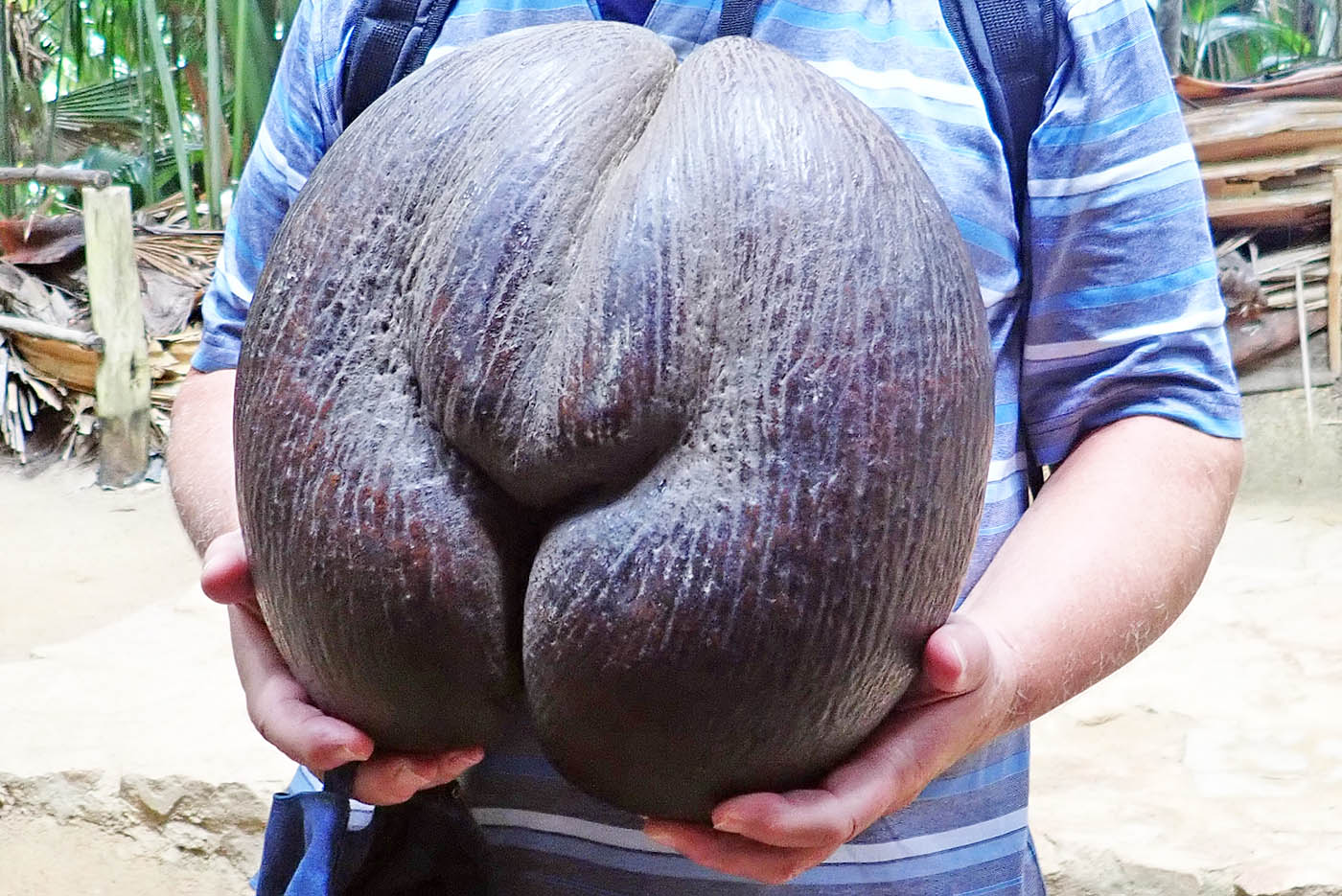 One of the most unusual and striking species of the Indian Ocean islands is the Coco-de-mer, the heaviest seed in the world!
One of the most unusual and striking species of the Indian Ocean islands is the Coco-de-mer, the heaviest seed in the world!The most famous botanical symbol of the Indian Ocean islands is the Lodoicea maldivica, 'Coco-de-mer'. It is only found in a few valleys on the granitic islands of the Seychelles. Both the scientific name and common name are misnomers. It gained it's scientific name as it was first found on the Maldives, where the non-viable fruits washed up. The origin of the plant was a mystery; at first it was theorised to grow under the sea, and thus the common name. The coco-de-mer produces the heaviest natural fruit in the world (farmed watermelons are heavier). It is a classic example of island gigantism.
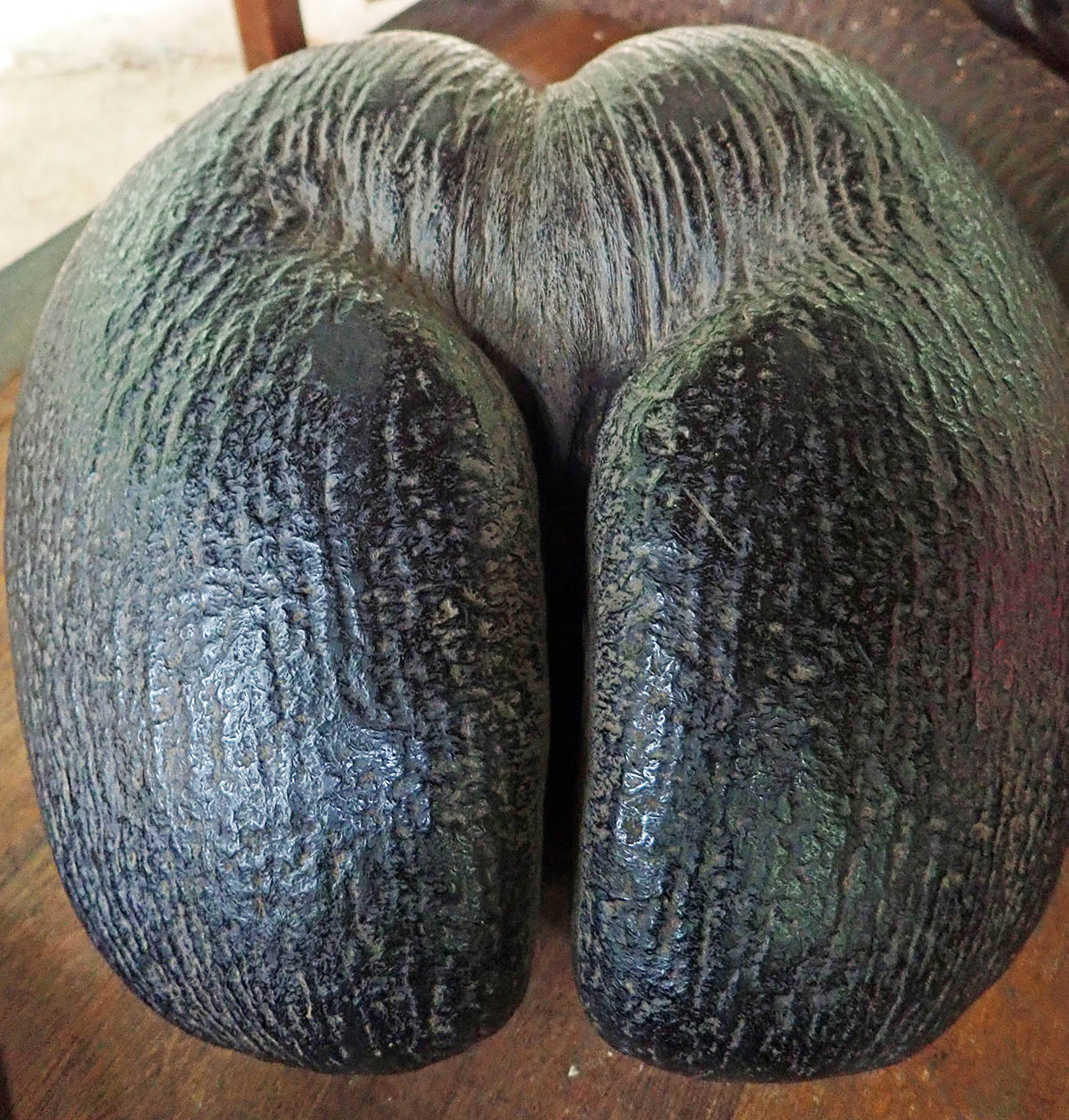 Yes, it does look like that
Yes, it does look like thatMost Geckos around the world are nocturnal species. Apart from a species or two in New Zealand, the only diurnal exceptions are the 'Day Geckos' of Madagascar and surrounding islands of the western Indian Ocean. They have colonised north along the Seychelles island chain, and are a visible part of the Indian Ocean island forest. In the granitic Seychelles they can often be seen slurping at the small flowers along the huge inflorescence stalks hanging off the Coco-de-Mer. Below is the La Digue Day Gecko.
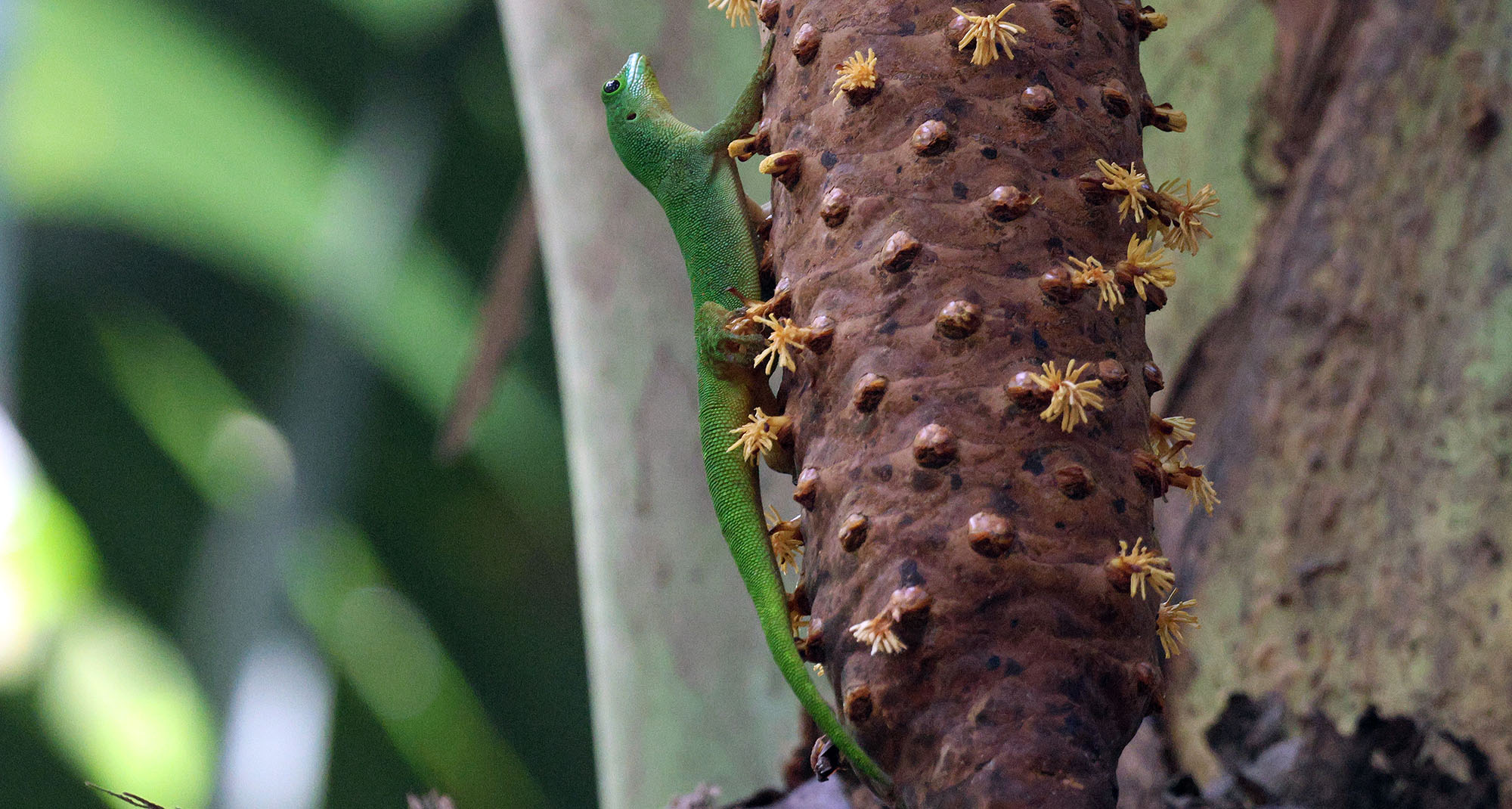 La Digue Day Gecko (Vallee de Mail, Praslin, Seychelles)
La Digue Day Gecko (Vallee de Mail, Praslin, Seychelles)Another example of species colonizing western Indian Ocean islands from a centre of diversity in Madagascar, are the Vasa Parrots. This is an unusual group, this genus of birds is the only one where the males can evert their cloaca into an erect hemipenis for mating. The Indian Ocean islands have two species, including the endemic 'Seychelles Black Parrot' (image below).
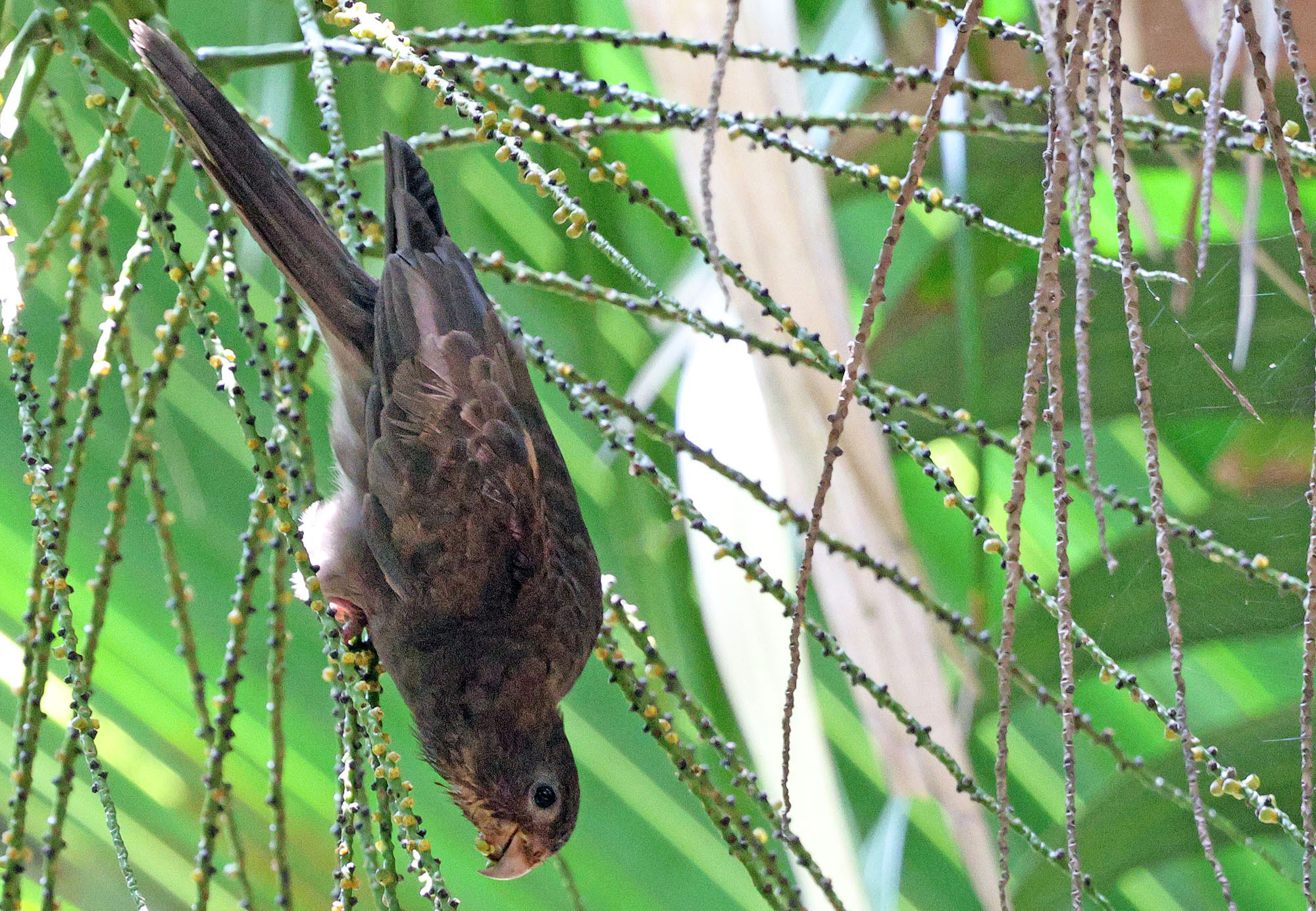 Seychelles Black Parrot (Vallee de Mail, Praslin, Seychelles)
Seychelles Black Parrot (Vallee de Mail, Praslin, Seychelles)A group of Old World Flycatchers called Shama are found across the Asian tropics. They include a few black and white birds called 'Magpie Robins', although these are neither magpies or robins. One of the rarest, and one of the most endangered birds in the world, is the 'Seychelles Magpie Robin' (image below, Aride Island, Seychelles), an endemic to the forests of the granitic Seychelles. Once down to 25 or so individuals in the 1970's due to introduced cats and rats, there are now several hundred, although they are restricted to just a few islands.
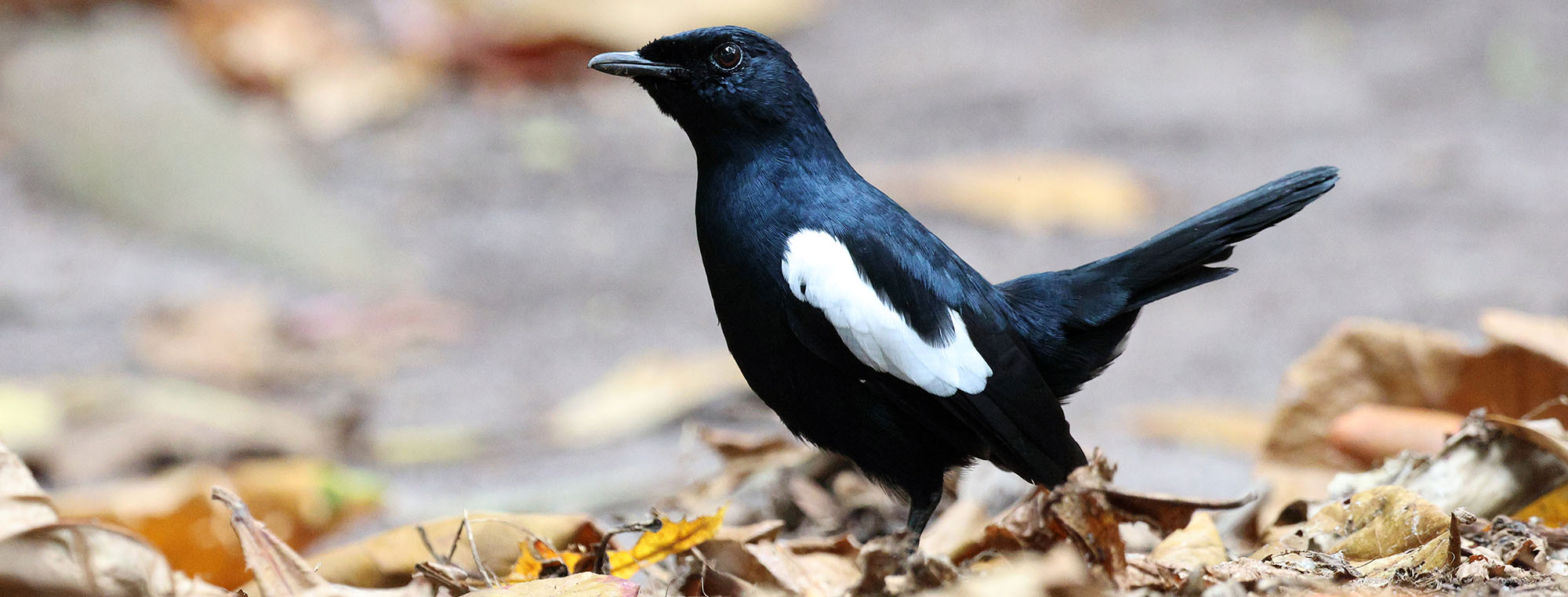 Seychelles Magpie Robin (Aride Island, Seychelles)
Seychelles Magpie Robin (Aride Island, Seychelles)Where to experience the Indian Ocean forest...
Most of the islands of the Seychelles have some sort of forest remaining. On the southern atolls it is drier and the forest may have been knocked down by past cyclones and invaded by foreign species of plants. In the northern granitic islands there are larger and wetter patches of forests that have more endemic species. Aride Island is a protected area with breeding Tropicbirds and a handful of surviving Seychelles Magpie Robins. The occasional expedition ship makes the dumping surf landing there. But the best place for endemic plants and animals, including the spectacular Coco de Mer and the Seychelles Parrot, is the (relatively) accessible "Vallee de Mai" on Praslin Island.
